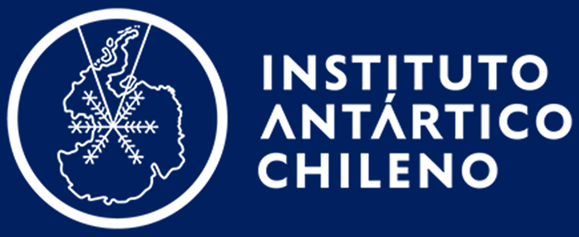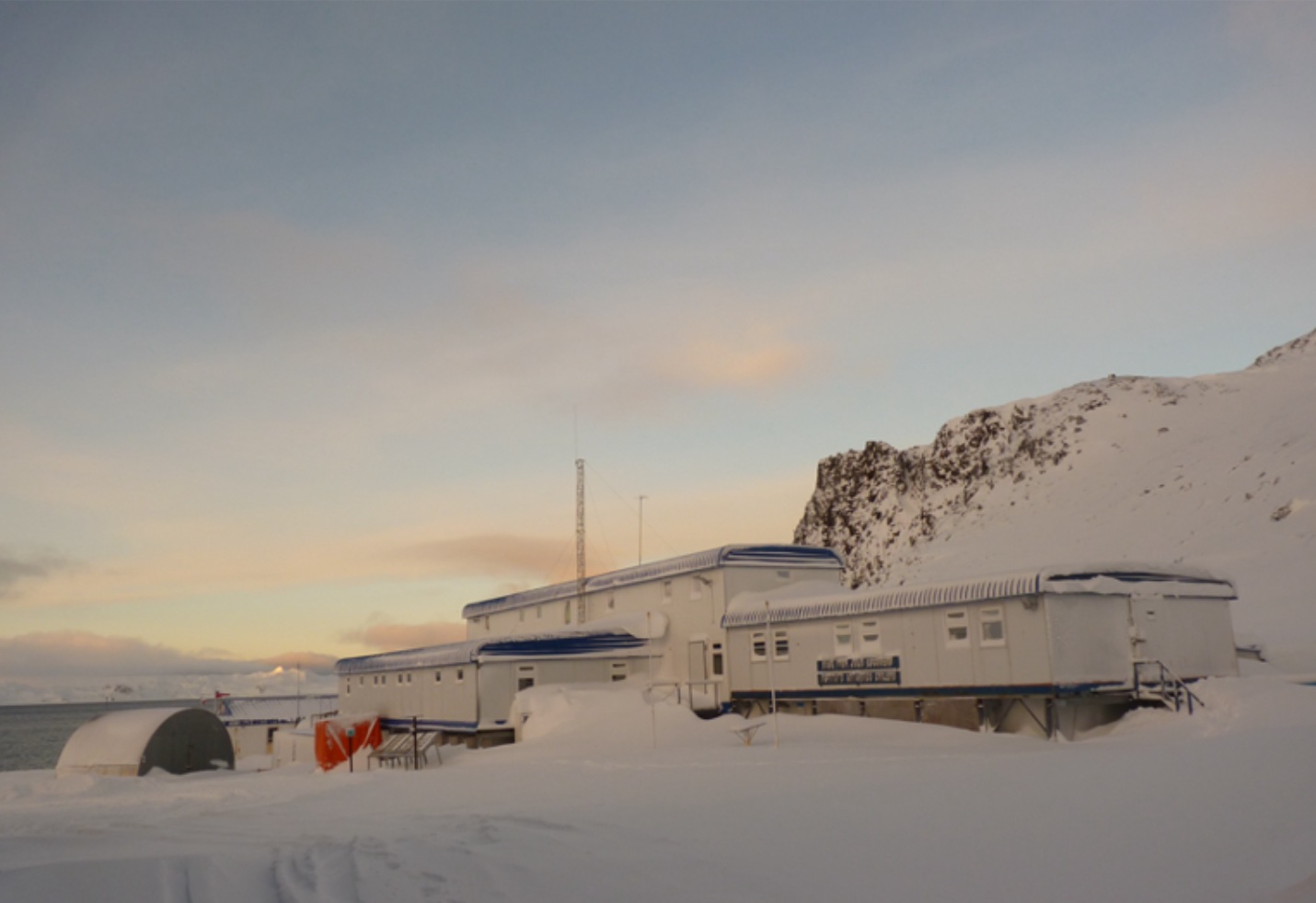
Professor Julio Escudero Station

Address
Fildes Peninsula, King George Island.Operated by the Chilean Antarctic Program.
Station manager
Andrés LópezStation Features
Opening year: 1995 Status: OpenStation name and owner
Professor Julio Escudero Station is owned by the Chilean Antarctic Program
Location
Professor Julio Escudero station is located on Fildes Peninsula, King George Island, Antarctic Specially Protected Area (ASPA) 125. Stations in the nearby area are Bellingshausen (Russia), Artigas (Uruguay), Great Wall Station (China), King Sejong (Korea) and Carlini (Argentina). Othere Chilean facility in the area are Collins, Fildes, Frei and Ripamonti.
Climate data
Grey colours are WMO Climate Normals including maximum and minimum values. Blue colours are individual years.
Climate data for the stations where extracted via Copernicus Climate Data Store, from the global gridded reanalysis product:
ERA5 monthly averaged data on single levels from 1940 to present.
Description and source code: Roemer J.K. 2023. https://doi.org/10.5281/zenodo.10214922
Data Source: Hersbach et al. 2023. Copernicus Climate Change Service (C3S) Climate Data Store (CDS), https://doi.org/10.24381/cds.f17050d7
Biodiversity and natural environment
An area near to the station, of 1.8 km2 in King George Island, was proposed by Chile as a Special Protection Area, on the basis of its uniqueness and paleontological richness. In this area, there are outcrops with fossils of a wide range of organisms, including vertebrates and invertebrates and abundant flora with impressions of leaves, stems, pollen grains and spores that date from the Upper Cretaceous to Eocene. The Cretaceous was a crucial time of vegetation change, mainly due to the evolutionary and geographic radiation of angiosperms. During the late Cretaceous, angiosperms infiltrated the pre-existing vegetation progressively, but gymnosperms, ferns and sphenophytes dominated terrestrial plant biomass until the Cenozoic. In addition, the Eocene represents the warmest time since the mass extinction at the end of the Cretaceous. The study of Fildes Peninsula outcrops could answer several important scientific questions.
History and facilities
During 1975, some containers were installed to support scientific studies being carried out in the area. The place was known as Refugio Fildes or Fildes station. It was expanded after 1990 with new modules. In 1994, the architecture works began for the first habitational module that was officially opened on February 5, 1995, with a ceremony led by the Director of INACH, Ambassador Oscar Pinochet de la Barra, and attended by several Chilean authorities. Currently, the facility has the capacity to accommodate sixty people, a multipurpose laboratory, a laboratory of microbiology and basic molecular biology, a wet lab, cold storage rooms and a divers working zone
General research and databases
Atmospheric, biological, environmental, palaeontology, geological research, geomorphology and glaciology studies are conducted at and near the station.

